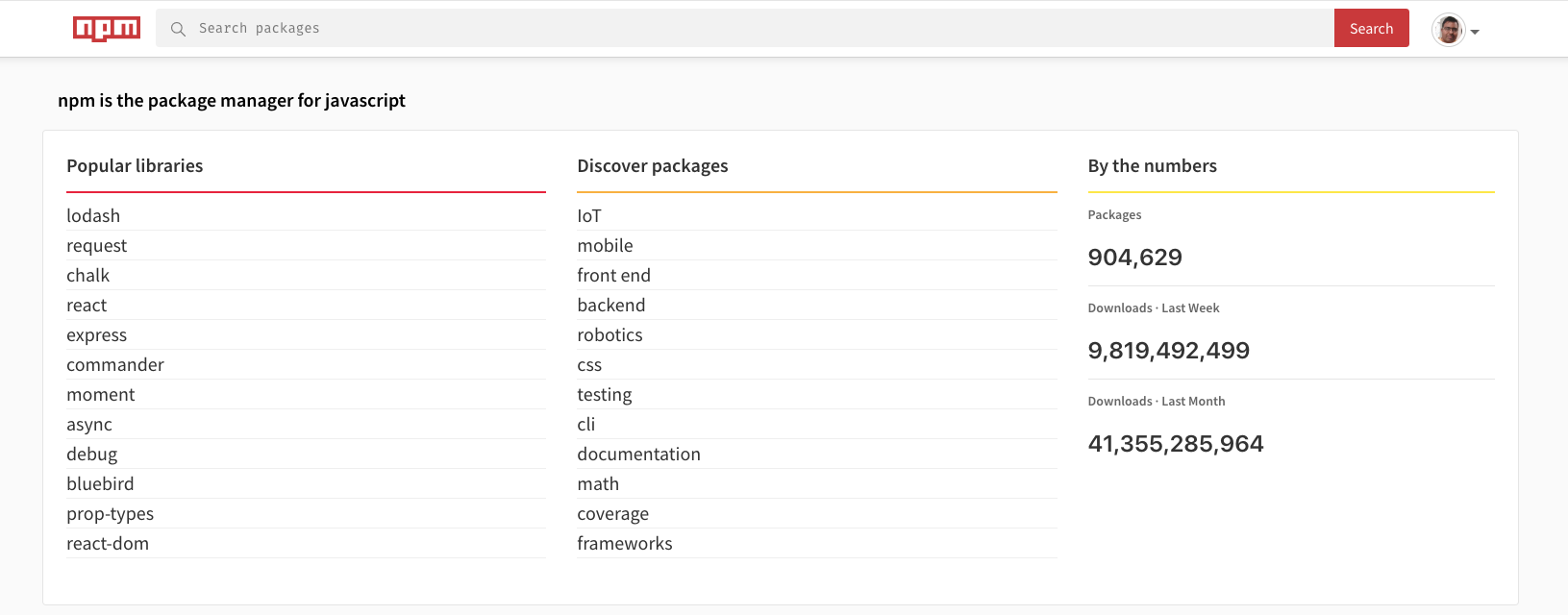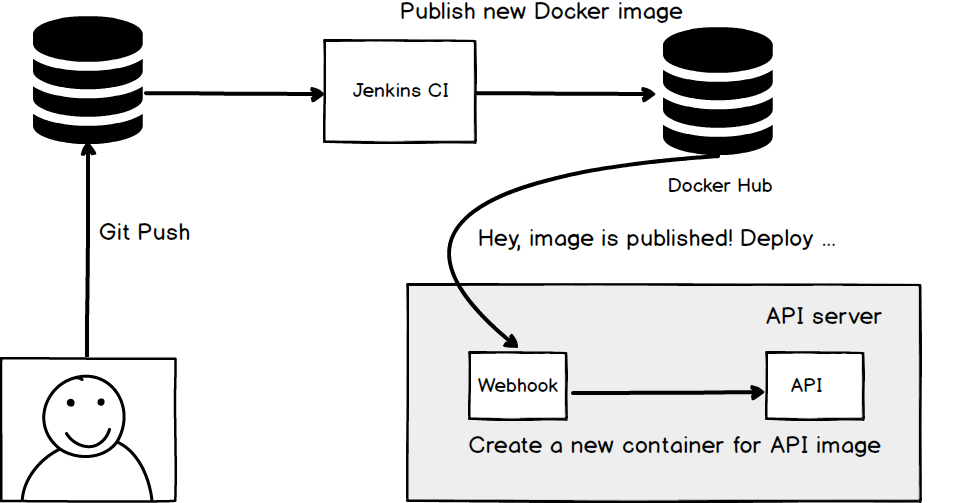I moved to Toronto last year with family. As it takes time to adjust to living in Canada, I do not have time to blog.
Apart from the Toronto move, I am spending more time working in C++. I spend 50% of my time in writing backend code with C++.
Code review is something that I do not enjoy. But it has a lot of benefits.…

